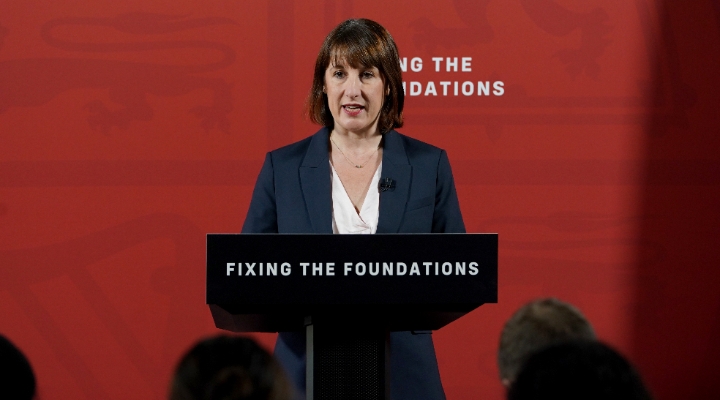Equity and bonds do not offer uncorrelated returns. Thanks to the intervention of central banks – and their quantitative easing programmes – both bond markets and equity markets have risen in unison over the past five years.
This behaviour defies simple market theory; when bond markets are rising it can indicate a period of economic recession as demand for perceived safer assets rises, and pushes up bond prices. In contrast when stock markets are rising it usually signals investor confidence in a flourishing public and private sector. Recent investment returns support both theories – but they cannot both be right.
Now that markets have become disconnected from these fundamental theories, they have also lost their negative correlation – it is not enough to buy equities and bonds to provide a diversified portfolio.
Caspar Rock, chief investment officer for Architas said that the three main sources of yield for UK investors had become increasingly correlated.
“Income paying equities, high yield bonds and emerging market debt have become increasingly correlated since the global recession. If one of the sectors coughs the other two catch a cold,” he said.
Rock said many income seekers were failing even to diversify away from equities, which would create problems if they stock market should suffer a correction.
“If you look at the top selling fund sector of the past year it is UK equity income. Investors are looking for income – but they are not looking in the right place,” he said.
Rock was talking at the launch of the new Architas Diversified Global Income fund, which utilises alternative investments to help boost the yield paid to investors and reduce volatility.
“Alternative investments add true diversification to a portfolio. An income paid from alternative investments such as infrastructure is uncorrelated with both stock and bond markets,” he said.
Architas are billing the new fund – along with two others Architas Monthly High Income and Architas Diversified Real Assets – as an alternative to annuities. There has been much excitement in the City as asset managers compete to extol the virtues of their funds suitable for retirement investment, offering a stable income alongside capital growth.
While annuities remain the only investment product to guarantee a fixed income for the life of the investor, Rock points out that annuities also guarantee 100% capital erosion, where a multi-asset income portfolio can offer income and capital growth, albeit with an element of risk.
Alternatives for Income?
While Private Finance Initiative (PFI), the system that created public-private partnerships to fund infrastructure development in Britain, has been discontinued, private investors can invest in PFI through listed funds. Many current contracts have as much as 25 years left to run, and closed-end funds such as John Laing Infrastructure (JLIF) offer investors exposure to these government-backed contracts.
JLIF owns public sector infrastructure projects for the education sector, the government and the emergency services to name a few. Past projects have included a chunk of the M40, the Ministry of Defence building and the police training centre in Kent.
John Laing Infrastructure is one of the lower risk infrastructure funds, choosing not to invest at the ‘green fields’ stage, instead financing projects post-construction which reduces development risk.
Government-backed infrastructure projects also offer inflation-linked returns, although Andrew Charlesworth, investment adviser for JLIF admitted that the current risk of deflation could mean reduced yield for shareholders.
“If deflation kicks in then our revenues go down – but so would our cost base,” he said. “Some of our investments are capped in order to protect against deflation but in a sustained period of deflation we would see some capital and income reduction.”
There have been calls over the past four years for a national infrastructure fund to help boost the pensions deficit. Charlesworth said that he recognised the suitability of the asset class for retirement planning – both in the run up to retirement and in a post-retirement portfolio.
“Inflation-linked income from a government backed source is much more suitable for pension planning than a number of other assets,” he said.
John Laing Infrastructure is among the investment vehicles Architas will be including in the new fund as alternative sources of income. Two more examples are property investors Assura and plane leasing company Doric Nimrod.
Assura invests in property which is then leased to GPs as surgeries. Chief executive Graham Roberts explained that many GP surgeries were unfit for purpose, housed in Victorian buildings far older than then NHS itself. Assura own 250 properties across the UK which provided investors with a steady, robust stream of rental income.
Nimrod lease Air 380 aeroplanes to Emirates airline through 12 year fixed-price contracts, which provides a steady stream of income to investors in one of its three DNA funds. All running costs and refurbishments are the financial responsibility of the airline, and at the end of the contract the asset can be sold on to other carriers. Founder Marc Gordon recognises that this niche a fund is not suitable for more than a very small allocation in a private investor’s portfolio – but says as a diversifier it can be invaluable.































